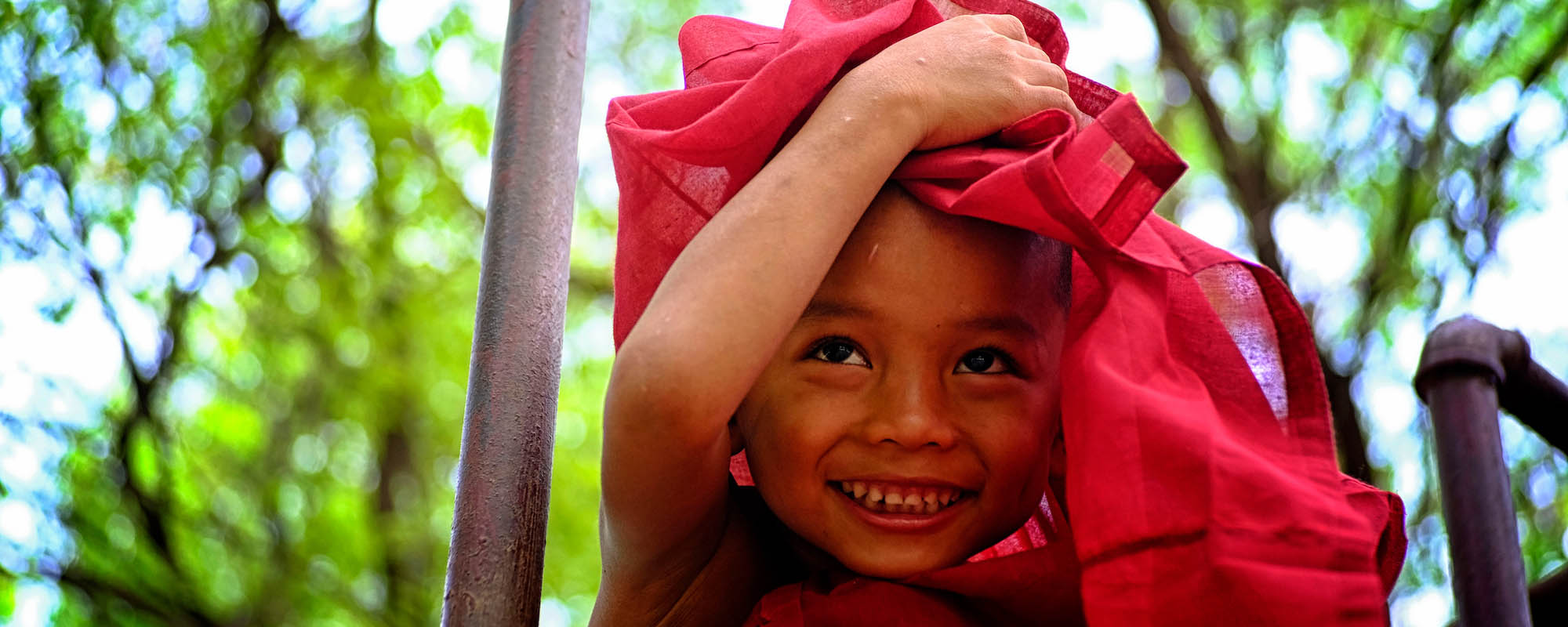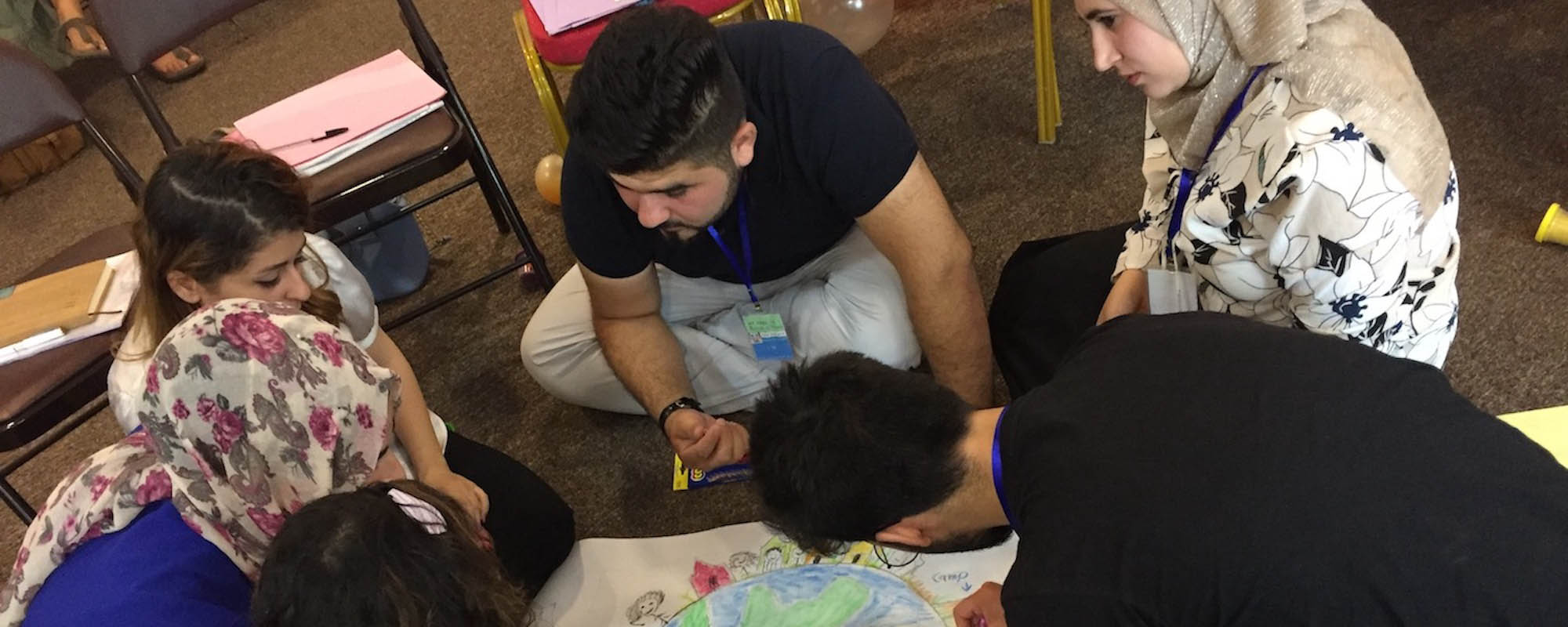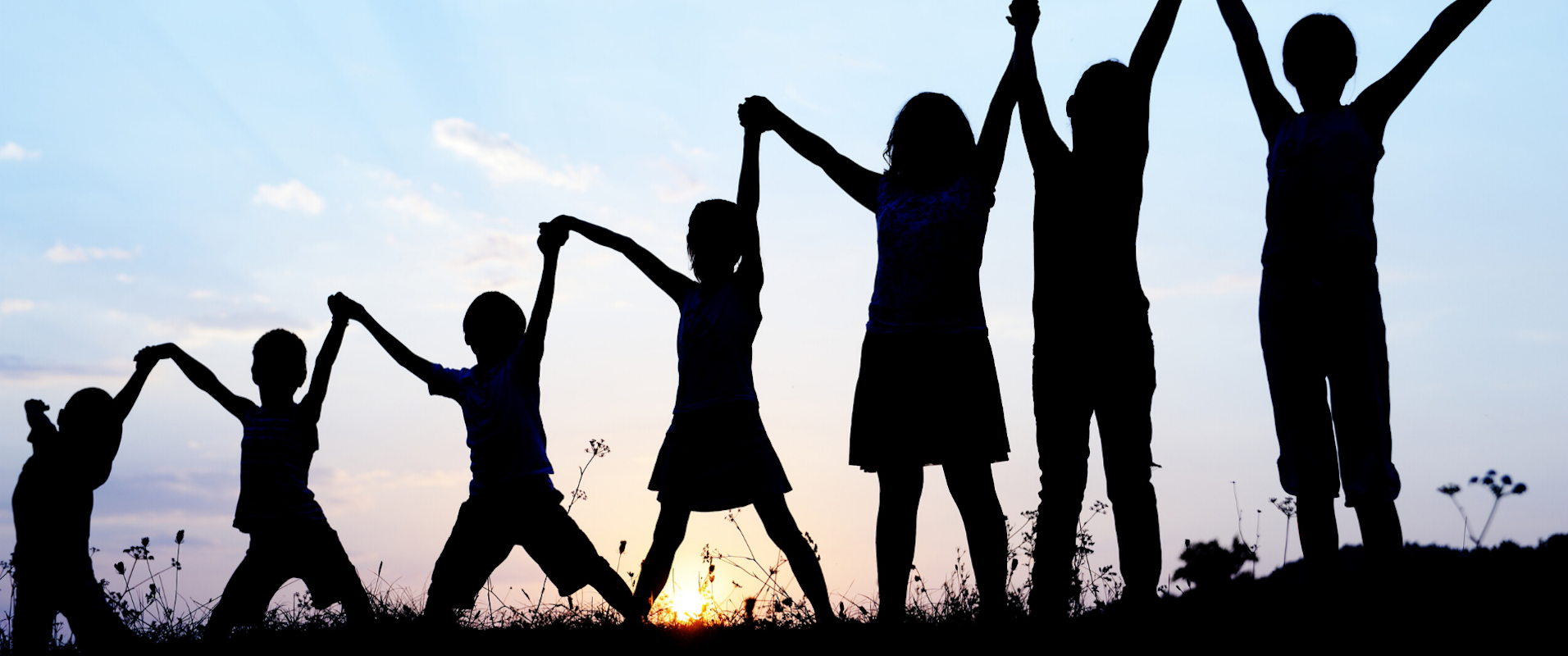
Column by IICRD associate Manuel Manrique, published on February 12, 2014 by the daily newspaper El Mundo de Medellín (The World of Medellín - Colombia) Translated by Cynthia Selde.
For many years The State of the World’s Children report has been considered the quintessential gauge of the progress being made around the world toward ensuring the quality of life for children and protecting their rights. When the United Nations Children’s Fund (UNICEF) first started publishing this report in 1980 it presented a diagnosis and strategies for improving the situation of children. Starting in 1983, the report included statistics, by country and worldwide, which have been constantly enhanced over the years. The recently launched 2014 report, titled Every Child Counts, contains statistics that make it possible to analyze disparities by place of residence and levels of household wealth, as well as data about early childhood development, and the situation of adolescents and of women to mention a few. This level of analysis is possible thanks to the ongoing efforts to improve the coverage and quality of the statistics being collected in every country on the planet.
This year’s report reveals, among many other things, that ninety million children – a number equivalent to almost twice Colombia’s entire population – who would have died if mortality rates had stayed at their 1990 level, have instead been able to live past their fifth birthday. Also, in the least developed countries where in 1990 only 53 per cent of children had access to basic education, by 2011 this indicator had increased to 81 per cent. Child nutrition reported similar gains: the incidence of stunted growth due to malnutrition has dropped by 37 per cent. Child deaths from measles has fallen from 482,000 in the year 2000 to 86,000 in 2012. But the report also calls attention to how much must still be done to fulfill the commitments that are still pending, and how vital it is to have credible and timely information.
The 2014 report very fittingly emphasizes the need to continue improving information regarding the situation of children’s rights, because without such evidence the possibility of achieving relevant and ongoing state intervention is dramatically reduced.
Fortunately, the countries in our region – and especially Colombia – have continued to improve their systems of information regarding the situation of children and young people. These systems have been enhanced by the follow-up mechanisms that have been implemented to support the Millennium Development Goals programs, which are strictly aligned with improving the situation of children and women, eradicating poverty, ensuring universal access to basic education, reducing infant mortality, promoting gender equality, and empowering women. The assessment of the progress achieved towards these goals is to take place in 2015, that is, in just 685 days.
Society has long been aware that the greater the level of poverty, the less opportunities there are. But we also know that public opinion cannot focus on matters that are not visible. In those places where systems for collecting, following up on and evaluating information have been set up – especially now with the technological advances that are available – important improvements have been attained.
The challenge is greater and the situation is more delicate where multiple instances of abuse and violence against boys and girls are concerned. This is because the perpetrators are able to hide behind a veil of anonymity or rely on their victims’ fear and shame. These perpetrators avoid leaving any evidence of their crimes, and are often able to block any attempt to denounce their actions. Because of this, no statistics are generated. Given the lack of clear and reliable information and the very small numbers of those who are willing to take the risk of denouncing the crimes, the State is unable to take effective action.
As the 2014 State of the World’s Children report affirms, data do not, of themselves, change the world. But their existence makes change possible, provided that decision-makers also have the political will and the clear vision necessary for making change a reality.






